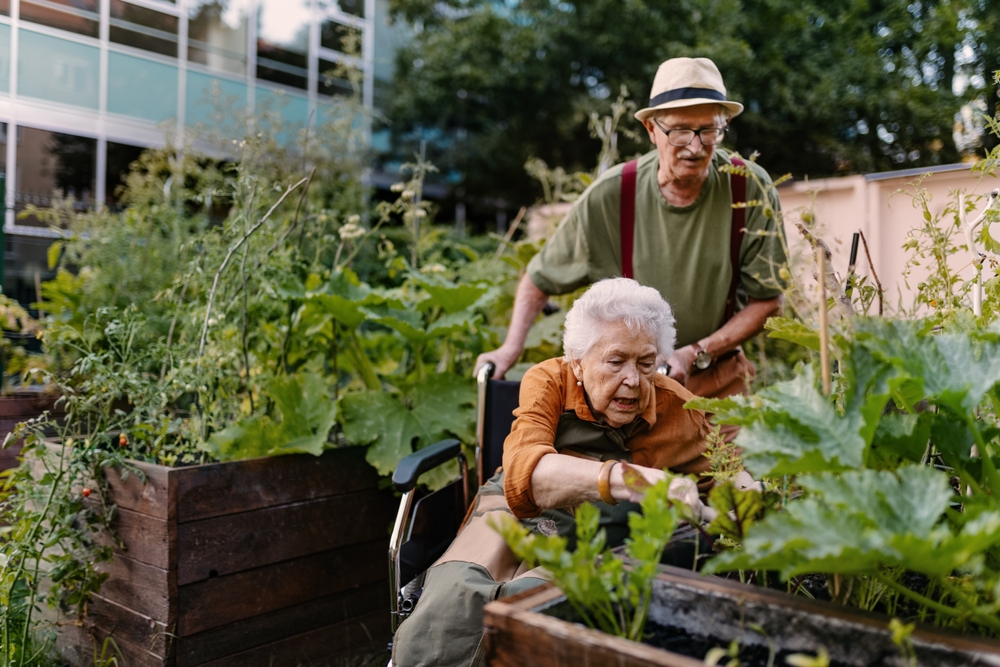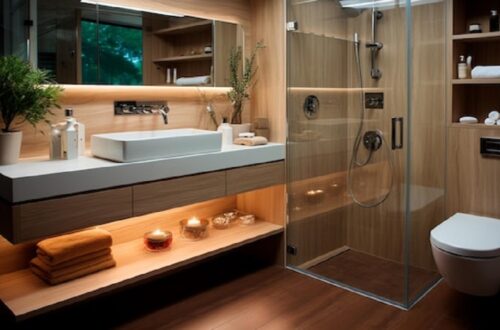Imagine stepping into a garden where every corner invites exploration, where every plant whispers tales of nature’s wonders, and where every visitor, regardless of mobility, feels welcomed and included. Designing a wheelchair-friendly garden isn’t just about accessibility; it’s about fostering an environment that fosters joy, relaxation, and connection for everyone who enters. In this guide, we’ll delve into various activities and features that can transform your garden into a haven for adults and children alike, regardless of their abilities.
Pathways of Possibility
One of the first considerations when designing a wheelchair-friendly garden is ensuring smooth and wide pathways that allow for easy navigation. Opt for materials like flat paving stones, concrete, or compacted gravel to create stable surfaces. Avoid uneven surfaces or loose materials that could pose challenges for wheelchair users. These pathways not only facilitate movement but also serve as routes for exploration and discovery.
Sensory Experiences
Incorporating sensory elements adds depth and richness to the garden experience. Consider planting a variety of fragrant flowers and herbs such as lavender, rosemary, and jasmine to stimulate the sense of smell. Wind chimes, bird feeders, and water features provide auditory stimulation, while textured plants like lamb’s ear and ornamental grasses offer tactile sensations. These sensory delights create an immersive environment that captivates visitors of all abilities.
Adaptive Gardening Tools
Gardening is a therapeutic activity that offers numerous physical and mental health benefits. However, traditional gardening tools may not always be suitable for individuals with limited mobility. Investing in adaptive gardening tools, such as long-handledreachers, ergonomic trowels, and raised planting beds, can make gardening more accessible and enjoyable for wheelchair users. These tools empower individuals to actively participate in planting, watering, and tending to their garden oasis.
Interactive Features
Create opportunities for engagement and play by incorporating interactive features into your garden design. Install raised planter boxes at varying heights to accommodate wheelchair users of different heights and abilities. Include accessible seating areas where visitors can relax and soak in the beauty of their surroundings. Additionally, consider adding interactive elements like sensory gardens, butterfly habitats, or vegetable patches where visitors can engage with nature up close.
Year-Round Enjoyment
In some areas of your backyard, you may want to consider installing fake grass for year-round ground covering. The cleaning of artificial grass is quick and easy, and you will have access to a zone of the garden which can be enjoyed even in the wettest and muddiest of seasons. This low-maintenance option ensures that wheelchair users can enjoy the garden regardless of weather conditions, providing a stable and inviting surface for outdoor activities and relaxation.
Creating Multisensory Zones
To further enhance the experience for visitors of all abilities, consider dividing your garden into distinct zones, each catering to different senses. For example, designate a fragrant garden area filled with aromatic herbs and flowers, a sound garden featuring wind chimes and water features, and a tactile garden with textured plants and sculptures. These multisensory zones create opportunities for exploration and discovery, allowing visitors to engage with nature in meaningful and immersive ways.
Community Engagement and Education
Beyond creating a wheelchair-friendly garden for personal enjoyment, consider involving your community in the design and maintenance process. Host workshops and educational events to raise awareness about accessibility in garden design and share tips for creating inclusive outdoor spaces. Encourage local schools, community groups, and organizations to visit the garden and participate in hands-on activities. By fostering a sense of ownership and pride within the community, you can ensure that your wheelchair-friendly garden becomes a cherished and vibrant hub for social interaction and learning.
Creating a wheelchair-friendly garden isn’t just about removing barriers; it’s about cultivating a space where everyone can thrive and find solace in nature’s embrace. By incorporating accessible pathways, sensory experiences, adaptive tools, interactive features, and year-round ground coverings, you can transform your garden into an inclusive oasis that celebrates diversity and fosters connection. Whether you’re a seasoned gardener or just starting out, embracing inclusivity in garden design opens the door to endless possibilities and ensures that everyone can experience the beauty and joy of nature firsthand.





